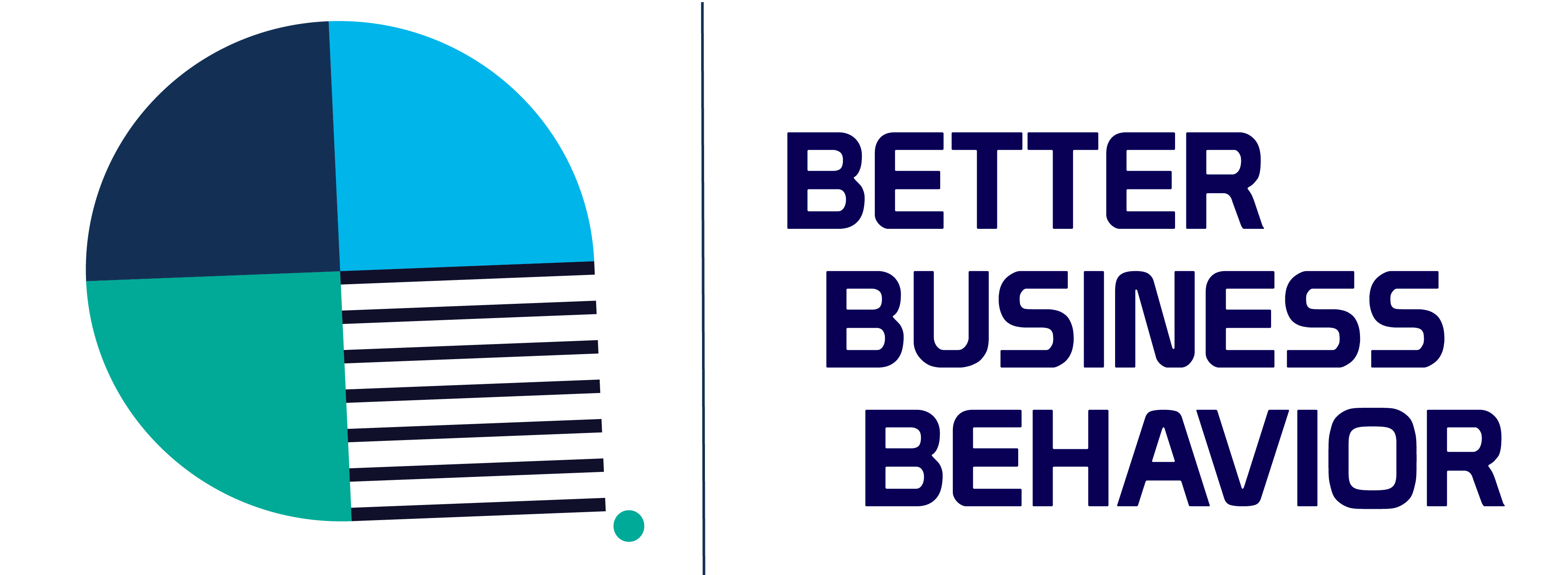O bservation is a powerful market research technique that is valuable to study how customers make purchasing decisions, interact with staff or the product, and other factors involved in the decision-making process. At the same time, it’s quite an under-utilized technique (unfortunately). These behavioral insights can go a long way in helping business owners develop better ways to serve customers.
Generally, businesses opt for quantitative market research. They get the surveys and questionnaires filled from their customers. However, this research method can be quite tedious and invaluable since there is no actual interaction and observation of the customer. With this post, we are sharing how you can successfully navigate customer observation. Let’s get into the details then!
Define the Avatar of Your Observation Before You Start
Observing the customers starts with defining their avatar, i.e., formulating their profiles, as it helps understand the target customers. Defining the avatar eliminates the chances of assumptions and categorization of customers into different groups. Moreover, it helps identify the right people and their actions to create marketing campaigns that convert. To define the avatar of your observation, you can keep the following points in mind:
- Frequency – how many times will the customers be observed?
- Duration – for how long will the customers be observed?
- Time – when will customers be observed in a day?
It’s best to observe the customers over different time periods and on different days to gain an insight into their behavior.
Select the Location to Observe
Customers tend to divide the purchasing between multiple stores (yes, even if all of their required items are available in one store). Think of yourself; wouldn’t you buy something from the footwear brand shop even if the hypermarket has aisles filled with shoes? So, your customers do the same. Whenever they have access to the same products in different shops, they won’t stay loyal to one store. For this reason, selecting the locations to observe the customers will help identify the customers’ preferred key locations for purchasing products.
Watch the Patterns of People and Processes
The customers’ preferences and needs control their behavioral patterns. For this reason, watching the patterns of customers and overall processes helps determine their preferred products, shops, and more. While watching/observing these patterns, you might want to consider the following factors:
- Place of purchase. Most customers prefer to buy products by visiting various stores in multiple locations to compare deals and prices. So, while determining the patterns, ensure that you focus on store locations, the nature of merchandise, product availability, and identify the distributor in closer proximity.
- Product type and quantity. It is important for analyzing what your customers are more likely to purchase. For this purpose, keep track of factors like the product range, durability, availability, storage, and the customer’s buying capacity.
- Method of purchase. The customers can either walk into the store to purchase something or simply buy the product online.
- Payment method. For online purchasing, the customers have the choice to choose between credit card payments and cash-on-delivery.
Record and Communicate your Findings
After observing the relevant factors, it’s important to keep proper records and communicate the findings with relevant departments. Gathering information helps identify new ideas to improve sales and better ways of capturing the customers’ attention, which automatically translates into a higher conversion rate. To get a quick analysis of the findings, divide them under the following questions:
- What are most of the customers doing?
- What products are they buying?
- How do they purchase products?
- What are rough assumptions made by customers?
- What can we improve through this data?


